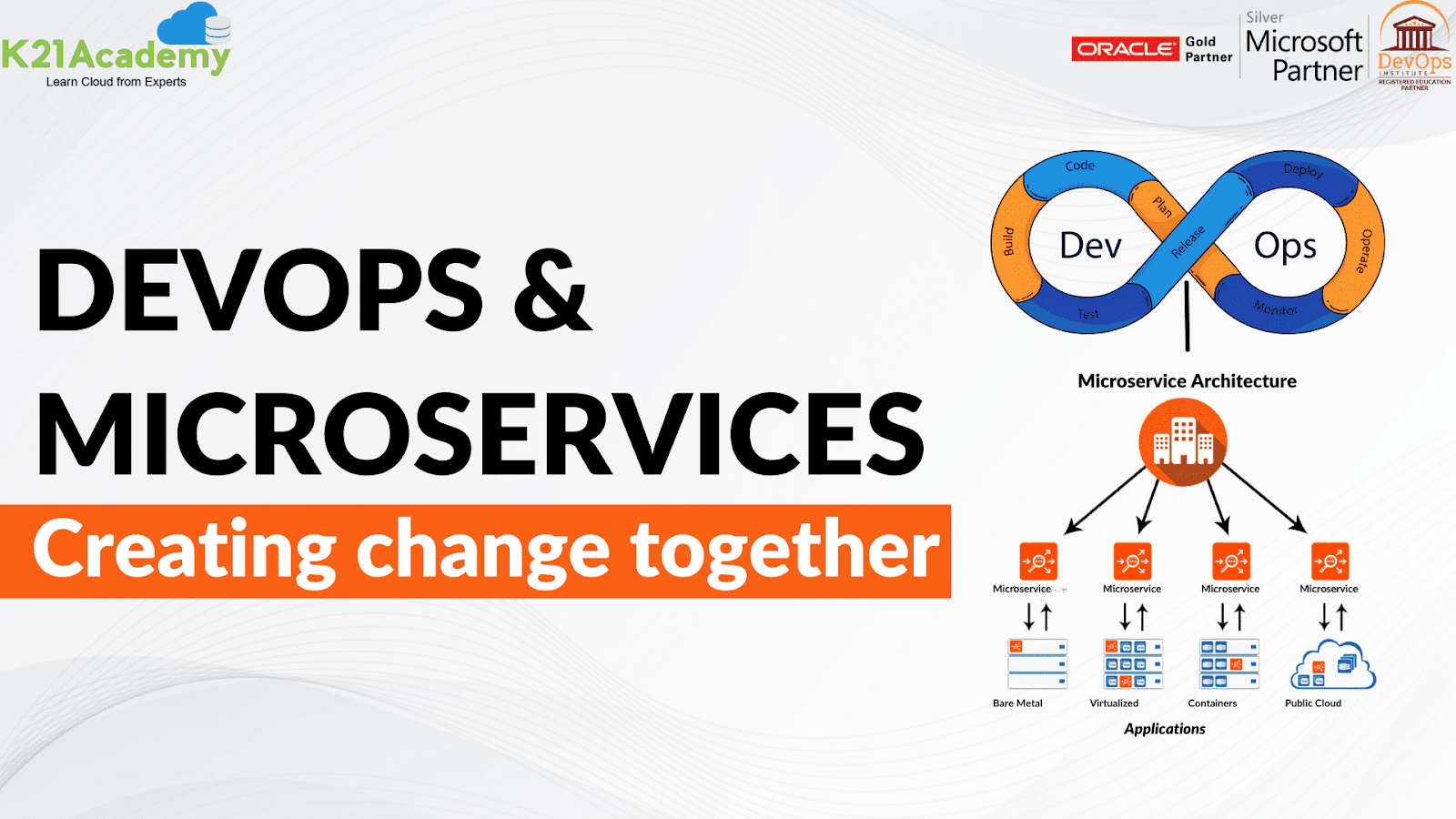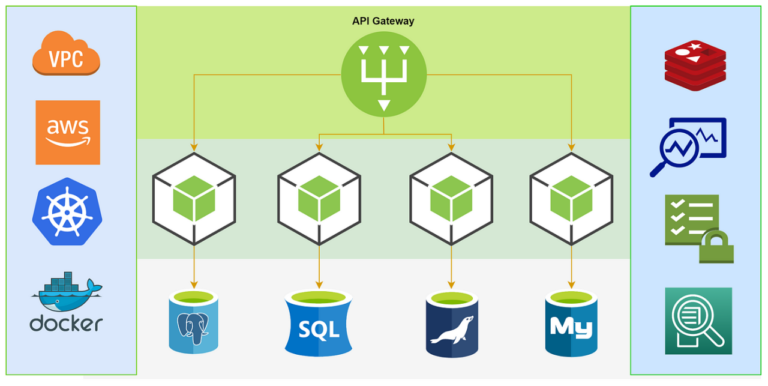There has never been a more pressing need for scalable and agile architectures in the quickly changing world of software development. While robust, traditional monolithic applications can become cumbersome and slow to adapt to shifting business needs. This has caused the use of microservice architecture and DevOps techniques to build and manage contemporary software systems to become increasingly popular. This article will thoroughly examine the synergies between microservices and DevOps, along with each technology’s benefits and how they work together to produce a highly effective and scalable software ecosystem.
A better understanding of how microservices operate
Modern applications can benefit from the changes brought about by microservices. Microservices concentrate on a single module as opposed to a whole module. Whoever accepts these changes will create well-accepted technical solutions. These building blocks (microservices) are more adaptable and scalable in comparison. Microservices interact with one another through a clear, stateless interface. Microservices with an agile mindset deploy quickly. This agility results from the accelerated development process. The failure of a microservice does not affect other components, preventing system failure. A better user experience and dependability are made possible by this. The ability of microservices to operate successfully on their own is another noteworthy trait. As a result, the code created for a microservice can be used extensively and match the increased elasticity of a cloud. Microservices are based on a dynamic approach and support a variety of frameworks and data sources. In short, microservices use their flexibility and agility to divide work among teams, allowing them to concentrate on making effective changes and deploying them quickly. Containers are used by microservices to deploy.

A deeper understanding of DevOps
DevOps brings together IT/Ops and developers to collaborate more closely and produce higher-quality software. Quality software delivery is the goal of DevOps. With the evolution of the cloud, every organization is moving DevOps to their cloud because it works in a simulated environment. DevOps includes continuous integration, testing automation, and delivery automation, which transforms difficult tasks into much simpler ones.
Standard features of microservices
Although there isn’t a formal definition for microservice architecture, certain common patterns and traits are crucial.
- Autonomous components: Microservice architectures are built on software packages, web services, applications, and modules, allowing for independent development, deployment, operation, and change without affecting others. They include various concepts like services, libraries, CLI tools, mobile apps, and machine learning models.
- Clean interfaces: Once the individual components have been established, a complex communication mechanism, such as RPC, REST over HTTP, or event-driven systems, is needed. Both synchronous and asynchronous mechanisms are possible in microservices. A crucial component of microservices is to offer a simple, understandable contract outlining how a user may use them. An API is typically published along with the service in most cases.
- You build it, and you run it: The DevOps philosophy emphasizes team structures in converting architecture into microservices, aiming for high-quality products. Techniques like automated testing, feature flags, and continuous integration ensure system security. Cloud computing simplifies microservice development, deployment, and operation.

DevOps in the Microservices Ecosystem
By encouraging collaboration and automating procedures, DevOps practices aim to close the gap between development (Dev) and operations (Ops) teams, thereby streamlining software delivery and infrastructure management.
Key Principles of DevOps
- Continuous Integration (CI)
- Continuous Deployment (CD)
- Infrastructure as Code (IaC)
- Monitoring and Feedback Loops
CI/CD stands for continuous integration and deployment. Pipelines for CI/CD are essential to the microservices ecosystem. They make it possible to deploy, integrate, and test individual services automatically, ensuring quick and dependable delivery.
IaC: Infrastructure as Code: IaC in microservices enables automated infrastructure provisioning and management, which is necessary for dynamic service deployment and scaling.
Quality Control and Automated Testing: DevOps practices place a strong emphasis on automated testing, which is essential in a microservices architecture where many services must function seamlessly together.
Embracing changes with Microservices and DevOps
DevOps and microservices are effective pairs for speeding up software delivery, especially when organizations upgrade to Cloud. Microservices, being independent, can be scaled up and improve performance. Quality comes from rigorous testing, including risks, security, and meeting user requirements. Microservices do not cause failure and keep the application running, meeting quality standards without causing system crashes or failure. This combination promises accelerated innovation and quality standards, driving business sales.
Challenges and Considerations
- Complexity of Distributed Systems: Microservices have a lot of advantages, but they also complicate transaction management, data consistency, and service-to-service communication.
- Monitorability and Observability: Effective monitoring and observability are essential in a microservices environment for quickly identifying and fixing problems.
- Versioning and Compatibility: It’s essential to manage backward compatibility and service versioning to guarantee seamless updates and deployments.
Successful Implementations
- Netflix: A Microservices Pioneer: Netflix used microservices and DevOps to create a highly resilient and scalable streaming platform thanks to its extensive catalog and international user base.
- Airbnb: Scaling Hospitality with Microservices: To manage the complexity of a rapidly expanding platform that connects millions of hosts and guests globally, Airbnb used microservices and DevOps.
Microservices architecture and DevOps practices are revolutionizing software development by offering scalable, resilient, and agile systems. Microservices offer flexibility and scalability, allowing teams to work concurrently and ensuring fault isolation. DevOps bridges the gap between development and operations, automating the software delivery process. However, challenges like distributed systems, versioning, and observability require robust solutions. To fully harness the potential of microservices and DevOps, organizations must adopt best practices like starting small, fostering effective communication, prioritizing comprehensive testing, and embracing observability. This shift is a strategic imperative for organizations to thrive in the digital age.








